日 程: 2024年2月26日 – 27日
訪問者: 佐野、石橋
目 的: KHI1763 LPG二元燃料主機の試運転立会
注目点:
・NOx排出を15-22%削減するTier IIモードのデータ取得
・負荷変更、シャットダウン手順、燃料切り替え等様々なシナリオのテスト
・緊急シャットダウンテストやLPGからFOへの燃料切り替え
・NOx排出を80%削減するTier IIIモードのデータ取得
・運用結果に基づく既存船のアップグレード計画説明
立会った感想:
最初に、準備された作業着に着替え、ヘルメット、防塵グラス、安全靴(帆布足カバー)、ハーネス、懐中電灯、耳栓、手袋を身につけ工場に入った。さらに、新品の主機周辺では不織布足カバーをする用心深さが感じられた。
NOx排出を削減するためのEGRの作動状況や燃料切り替え装置、FO⇔LPGの切り替え現場を間近で見ることができ大変満足だった。燃料切り替え時のセンサーの高い感度と、クリアすべき段階が多いことから、安全が第一に考慮されていることがよく理解できた。
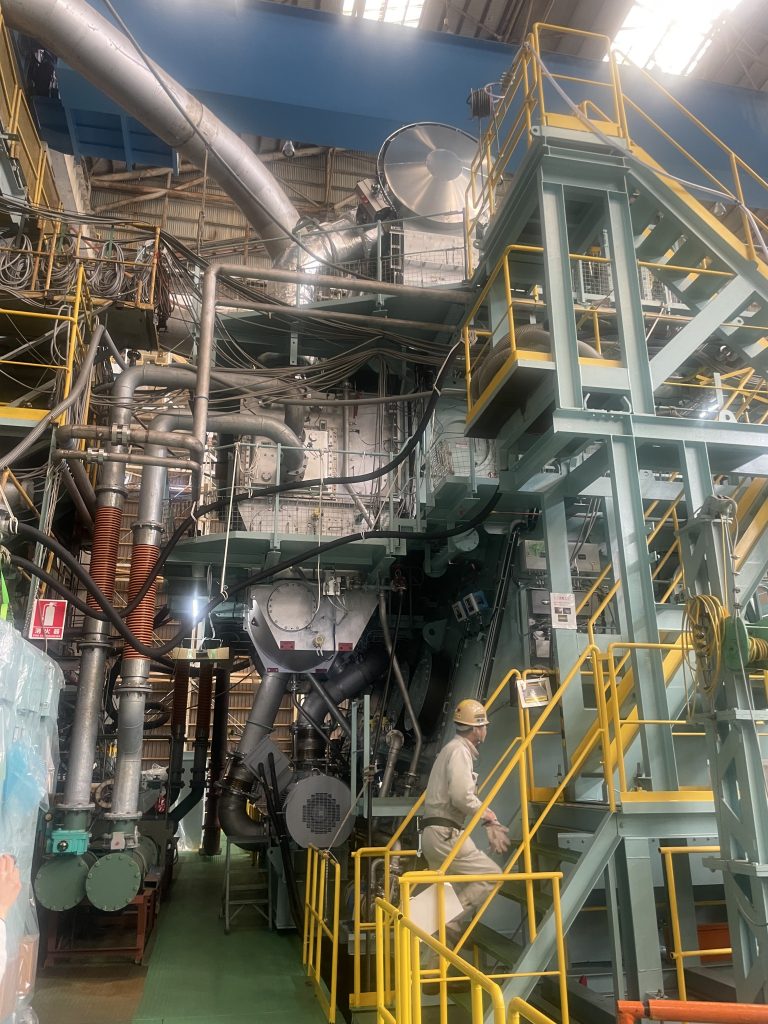

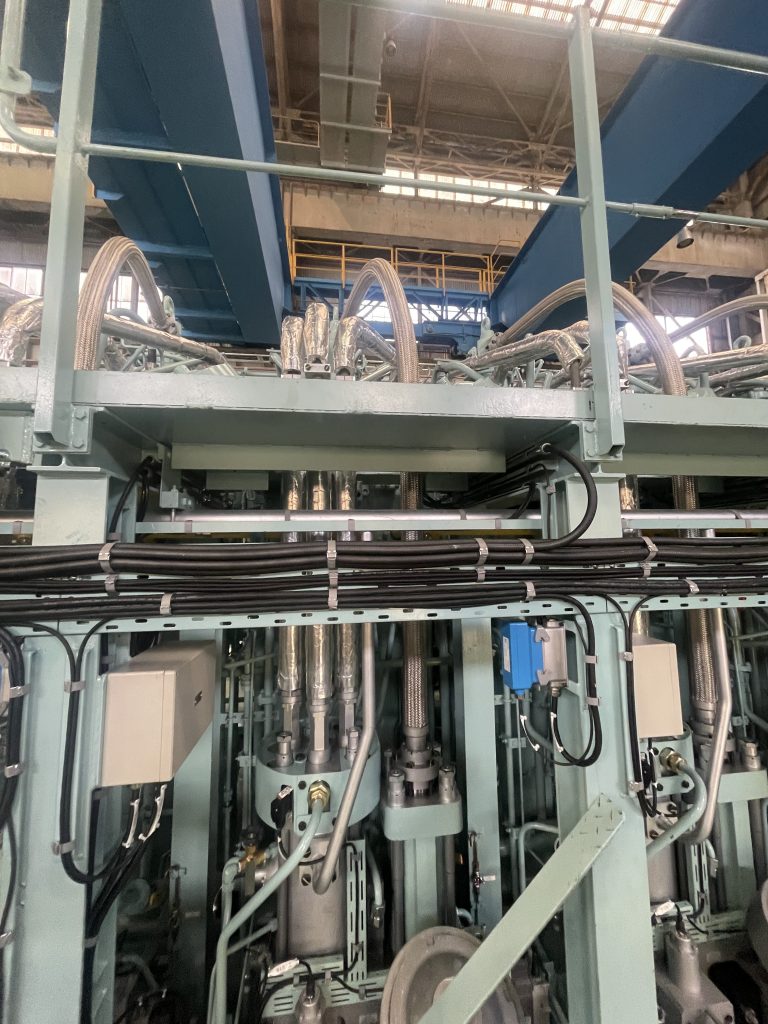

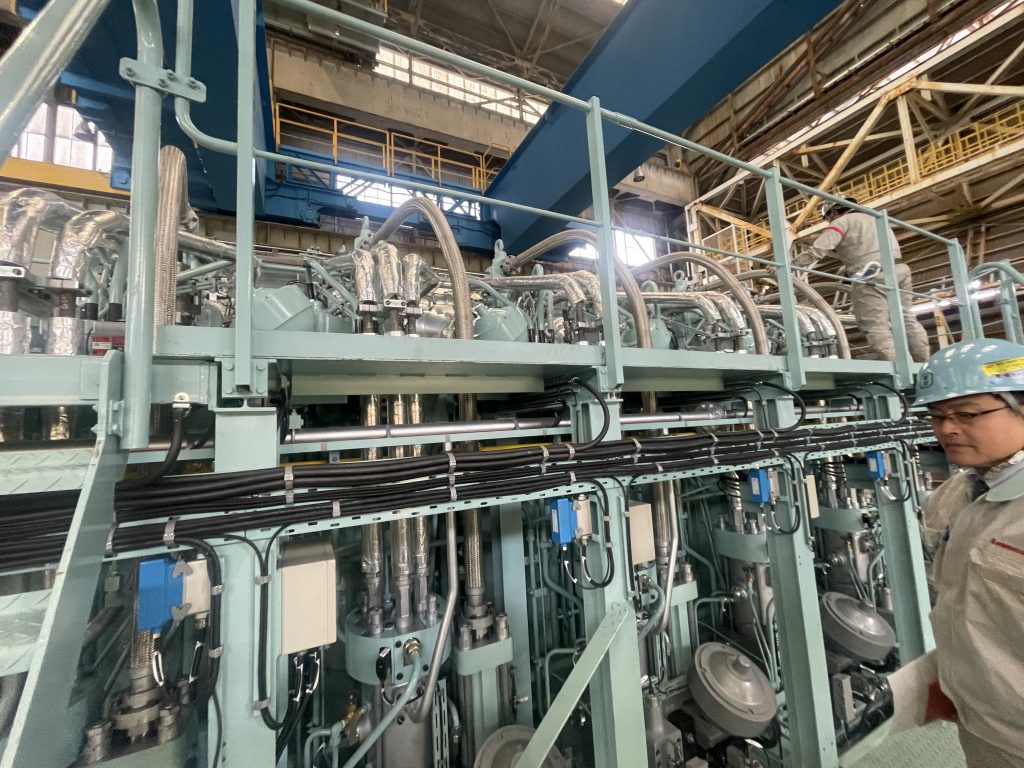

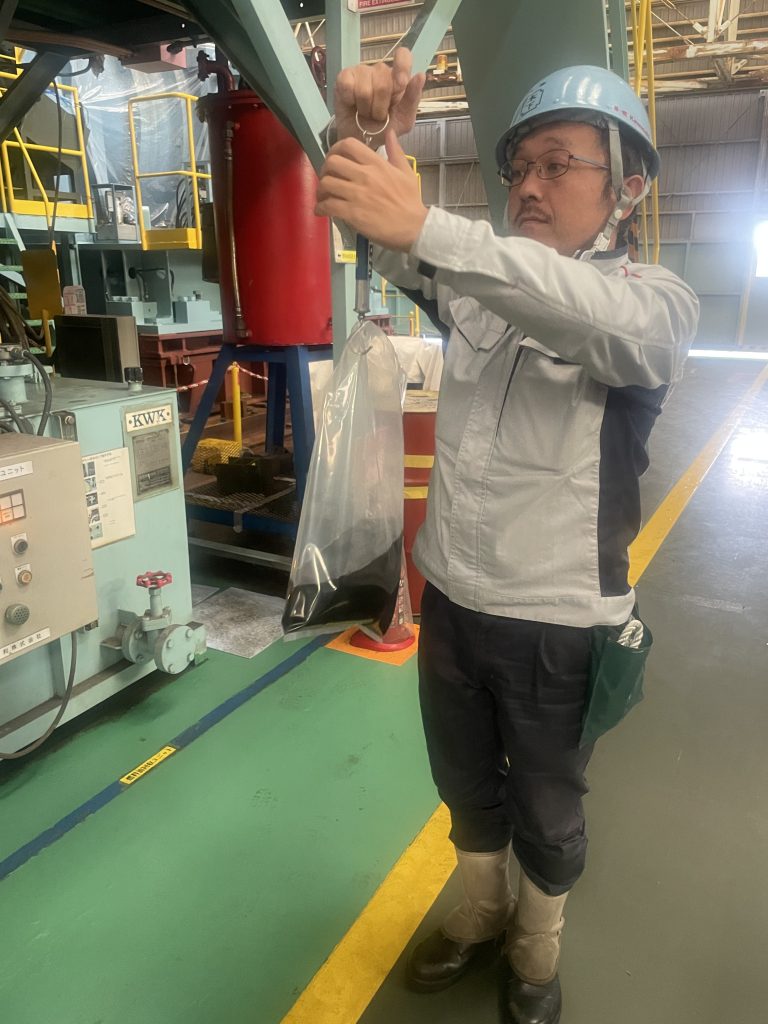

試運転後、神戸から坂出へ輸送されるわけだが、600トンもある主機を圧縮空気で浮かせ(ホバークラフトのように)岸壁近くまで移動させ、クレーンで輸送船に積み込むとのことだった。対応する吊り上げクレーンがない場合は、2分割または3分割して積み込むとのことで、その巨大さに圧倒され、船がこれを内蔵していると考えるとさらに驚いた。
最後に、清水技術監督はじめKHI関係者の方々には、稚拙な質問にも丁寧に対応いただき感謝している。船主の環境への先駆的な取り組みと、それを実現する現場技術者の誠実さと高いスキルを垣間見ることができ、非常に貴重な体験だった。
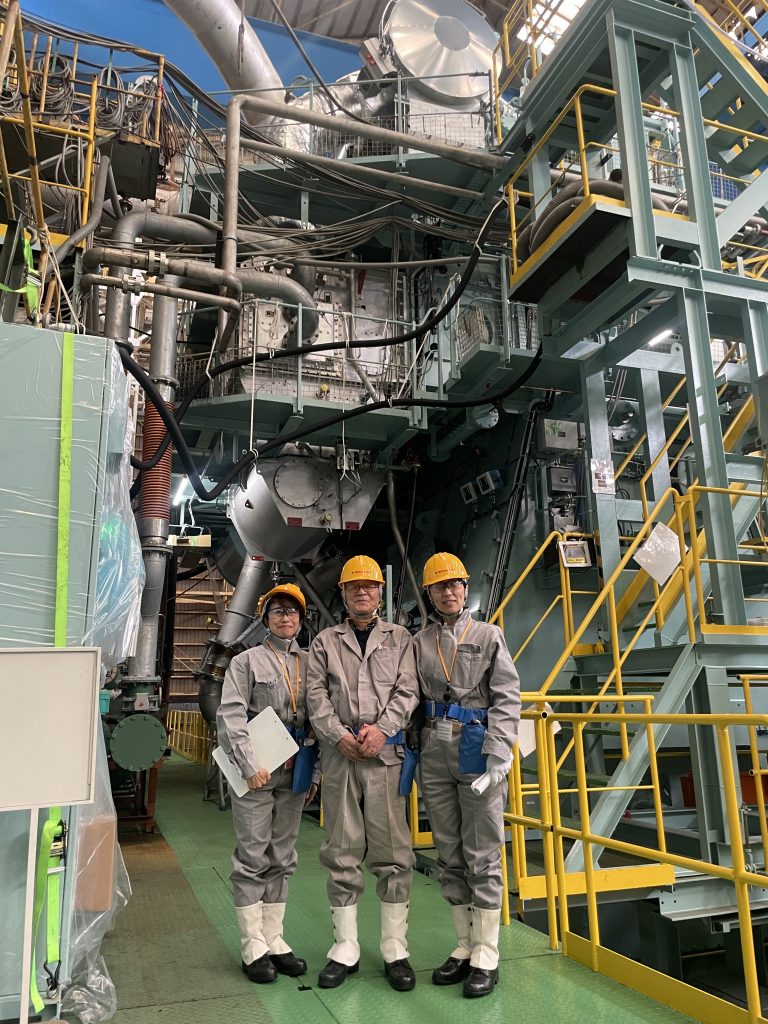

/
Date : February 26th – 27th, 2024
Visitor : Sano, Ishibashi
Purpose : Observing the Trial Operation of KHI1763 LPG Dual-Fuel Main Engine
Highlights:
- We witnessed the testing of Tier II mode operations which would reduce the NOx emissions by 15-22%.
- We observed various scenarios including load changes, shutdown procedures, and fuel switching.
- We noted that there was a significant success in emergency shutdown tests and fuel switching from LPG to FO.
- We observed the testing of Tier III mode operations which aimed at reducing the NOx emissions by 80%.
- We learned that the trial findings would provide valuable insights on how to upgrade the existing vessels.
Summary:
Upon arrival, we were provided with the necessary safety equipment such as helmets, dustproof glasses, harnesses, flashlights, earplugs, and gloves. Additionally, we were instructed to wear non-woven fabric foot when moving around the new main engine.
It was a pleasure to be able to observe the operation of crucial components like the EGR and injector up close. It was evident that extra safety precautions such as high senor sensitivity and multiple safety steps were put in place during the fuel switching operations to ensure safe operations.
Following the trial operations, we learned about the process of moving the 600-ton main engine to the quay side which was then loaded onto a transport ship using compressed air. The sheer size of the engine was astounding, reflecting how important the engine was as a significant integral part of a ship.
Lastly, we were impressed by the dedication and expertise of the field technicians who were fully committed to support shipowner’s pioneering environmental initiatives. Overall, this was an invaluable experience.



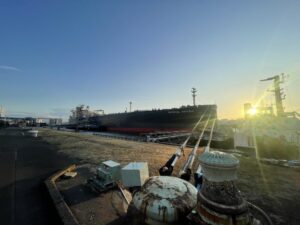

コメント